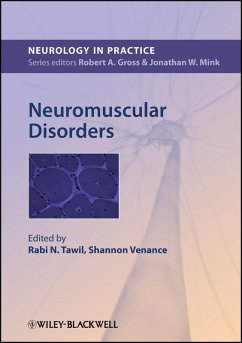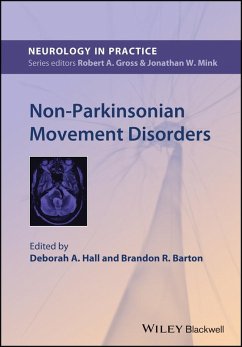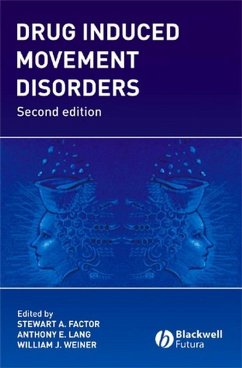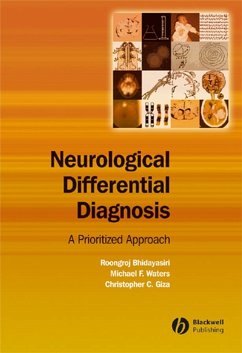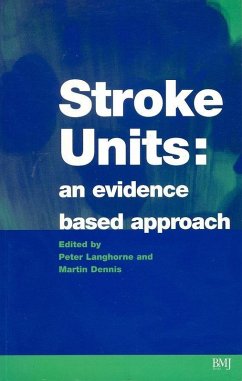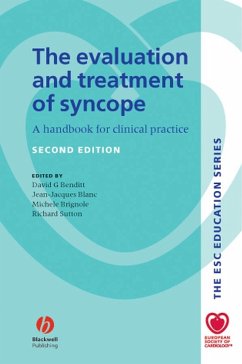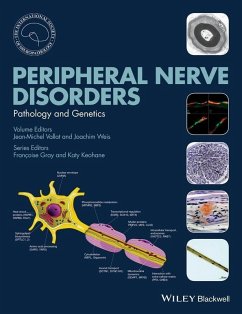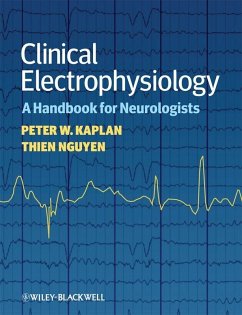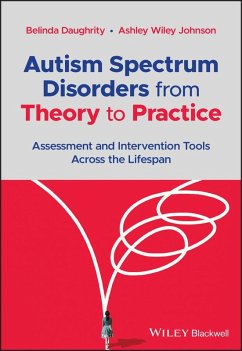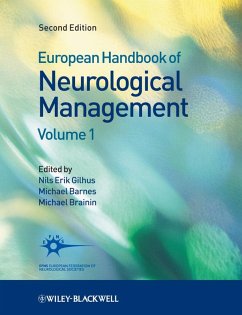
Parkinsonian Disorders in Clinical Practice (eBook, PDF)
Versandkostenfrei!
Sofort per Download lieferbar
68,99 €
inkl. MwSt.
Weitere Ausgaben:

PAYBACK Punkte
0 °P sammeln!
This book gives the reader an up-to-date, clear and logical idea of what caring for parkinsonian patients entails - a challenge that clinicians will face for many years to come. It is split into three sections: Section 1: A compilation of the major brain lesions typically seen in PD Section 2: Treatment options in PD Section 3: 25 cases designed to test the reader and the practical application of the information supplied in the other sections.
Dieser Download kann aus rechtlichen Gründen nur mit Rechnungsadresse in A, B, BG, CY, CZ, D, DK, EW, E, FIN, F, GR, HR, H, IRL, I, LT, L, LR, M, NL, PL, P, R, S, SLO, SK ausgeliefert werden.



